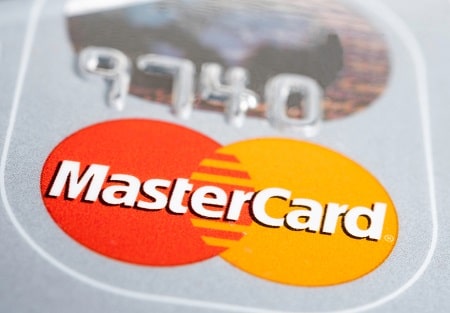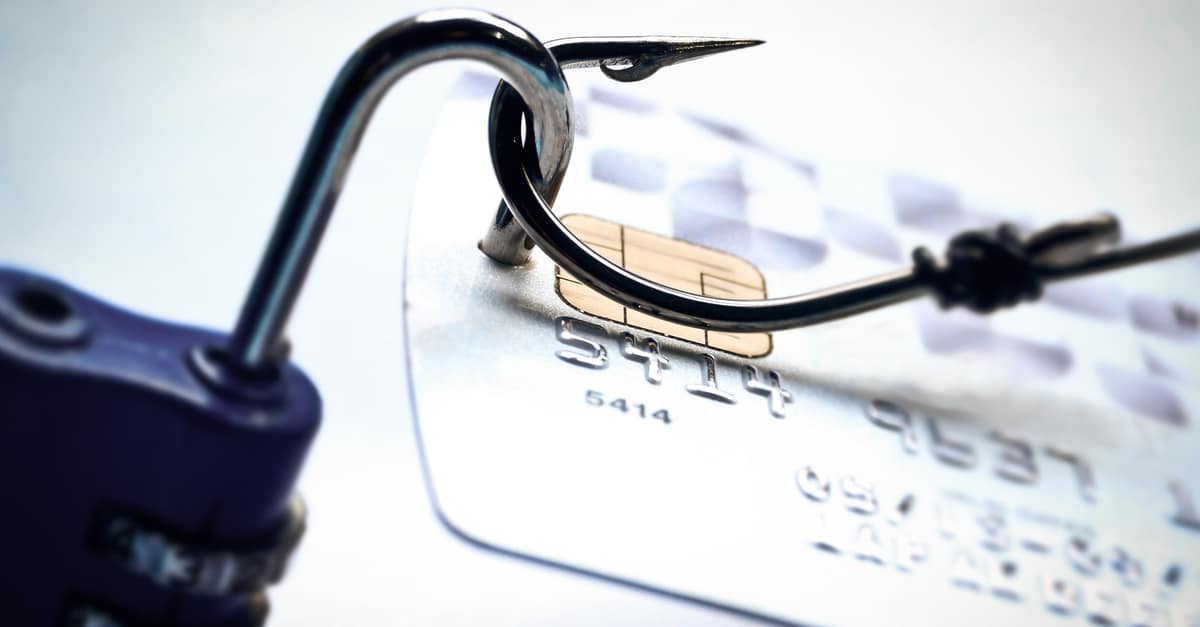Learning the Mastercard Chargeback Process

With the ever-changing eCommerce landscape, new payment technologies, and new card fraud methods, card networks are forced to update their regulations frequently. Despite being heavy reads, you must spend time soaking up this information or have the guides for reference.

Though the chargeback process is similar for both Visa and Mastercard, there are some differences in rules, deadlines, and terminologies. Ignoring these differences can result in submitting late or wrong evidence leading to loss.
To help you get up to speed, we’ve prepared a brief guide on the Mastercard chargeback process.
How chargeback works
Most chargeback guides you’ll come across use Visa chargeback process rules by default. But the process is slightly different with Mastercard.
- First presentment – this is the original transaction when the purchase amount was credited into the merchant’s account.
- Requesting for information – if the cardholder doesn’t agree with the billed amount, the bank can send a request to the merchant for additional information. In most cases, banks don’t request information at this stage, and the dispute automatically becomes a chargeback where the transaction amount is credited back to the cardholder.
- First chargeback – if the merchant doesn’t respond to the request for information or provides an unsatisfactory response, the dispute escalates to a chargeback if the merchant accepts the chargeback, the process ends at this stage.
- Second presentment – if the merchant doesn’t accept the chargeback, they can fight it by submitting compelling evidence to the bank.
- Pre-arbitration – if the issuing bank feels the evidence submitted isn’t compelling enough, they may reject the second presentment. If the merchant accepts the loss, the process ends here. If not, it becomes a second chargeback and goes into arbitration.
- Arbitration – Mastercard comes in to review the evidence and make a final ruling. The loser at this stage pays $400 in fees. If the merchant accepts the chargeback before this stage, they pay $300 only.
Mastercard chargeback time limits
Mastercard keeps records of its transactions for the entirety of the chargeback process. Different chargeback codes follow different timelines. Cardholders have a 120-day time limit on most codes and up to 540 days on recurring bills.

For issuers and merchants, Mastercard is stricter on time.
Merchants have:
- 18 days to act on a request for information
- 45 days to fight a chargeback (for VISA its 30 days)
- 30 days to accept pre-arbitration
Issuers have:
- 45 days to initiate pre-arbitration (for VISA, it’s 30 days)
- 30 days to pursue arbitration but not more than 75 days after the second presentment
Note: with VISA, both parties have ten days to pursue arbitration. Their goal is to solve disputes within 31 days.
Mastercard’s excessive chargeback program
To Mastercard, chargebacks are detrimental to their brand. To track these chargebacks and keep lax merchants in check, Mastercard developed a multi-tier program that utilizes chargeback ratios.
Chargeback ratios are the number of chargebacks a merchant receives in the current month divided by the total number of Mastercard transactions processed in the previous month.
A merchant that racks up at least 100 chargebacks and has a 1.5% chargeback ratio is labeled an Excessive Chargeback Merchant. If the numbers escalate to 300 chargebacks with a 3% ratio, they are labeled a High Excessive Chargeback Merchant.
The first month with any of these labels is a warning. But if it is the same in the second month in three months, then penalties apply from $1,000 – $200,000. To exit the program, the merchant has to stay below the stipulated thresholds for three months.

In addition to and the merchant fees, Mastercard also requests the merchant’s acquiring bank to make a plan for dealing with their client’s chargeback issue. If a merchant continually surpasses acceptable chargeback ratios for a year, the acquirer is charged a fee too. Most acquiring banks will close merchant accounts before this happens.
Fighting Mastercard chargebacks
Fighting a Mastercard process is the same as with other card networks – submitting compelling evidence. Then, the issuing bank reviews the evidence and decides to reverse the chargeback or not. And if the acquiring bank and issuing bank cannot agree, Mastercard steps in with a final ruling.
It’s prudent for merchants to avoid Mastercard chargebacks. To do this, they have to search their sales processes for causes and fix them.
You need help
Between creating a product or service and chasing sales, merchants have little time to handle chargebacks. Unfortunately, managing chargebacks is usually a full-time job that requires you to understand card network rules to create better mitigation and prevention strategies.
In this case, hiring a professional chargeback mitigation service like Justt is your best bet. You’ll have advanced technology and experienced experts working hard on your behalf to reduce the chargeback rate and recover lost revenue. Contact us if you have any questions.
Contact us to find out more






